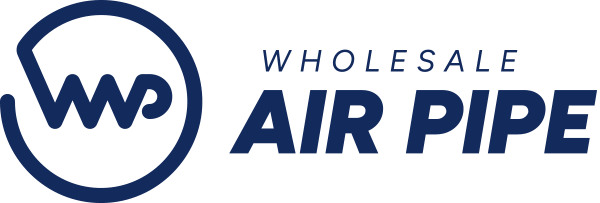Should you start a PLC migration?
No matter how solid a piece of automation control equipment is, at some point it will reach the end of its life cycle. Programmable logic controllers (PLCs) can last for decades without issue, but eventually it is time to upgrade to newer and more efficient technology.
There are a number of reasons to make the change: spare parts become scarce, DOS programming software no longer runs on your Windows-based laptop, or maybe the burden of maintaining the old technology is too risky. Modernizing your PLC system becomes necessary for every team at some point.
Sometimes change is necessary
As in every aspect of business, automation technology changes over time. Every ten or twelve years, major automation manufacturers release a new product line that replaces older models. Each time these "faster, smarter, smaller" controllers are released, your team must decide whether or not to migrate over to it. It's not necessary to upgrade your system every time a manufacturer upgrades their product line but over time as spare parts and support lines disappear from the market it may become necessary.
Benefits of a PLC migration
Regardless of the reasoning behind your control system upgrade, there are a number of benefits to modernizing your PLCs, whether in part or in full. Let's walk through some of them so you can easily weigh the pros and cons of both.
- PLC performance: Today's PLCs are based on the latest processor chip sets that are the fastest to hit the factory floor. Sophisticated redundancy algorithms, robust programming tools, and fast I/O buses provide huge performance upgrades in a much smaller footprint. It's also a great time to make efficiency improvements in the machine's performance.
- Enhanced communication and information sharing: With built-in communication standards like Ethernet, Profi-Net and others, today's PLCs can easily connect to other plant systems and get easy access to information for optimized productivity. Network connection allows cross-communication between PLCs and can be connected to a data collection system for real-time machine information.
- Spare PLC parts: Of course spare parts will be readily available for years to come for the new system you select. But getting rid of the old systems may allow you to eliminate (expensive) spares held just for that system. In addition, if you migrate to a controller family that you already have running elsewhere in your plant, you can leverage your existing spare parts inventory.
- Avoiding unscheduled downtime: The chances that a newly-upgraded machine with the latest PLC technology will fail is much lower than that of a machine with legacy controls. And who can't use a little more sleep at night?
- PLC support: You will receive the best hardware and software support with newer PLCs. If your maintenance team is already trained on the new platform you have chosen, it puts you that much further ahead of the game.
Migration challenges
Upgrading a system to the latest technology provides a host of benefits, but getting from point A to point B (or from concept to completion) can pose some challenges if not managed properly. It's important to have a solid plan of attack before you make the decision to upgrade.
Other ideas to consider include: When can I take the machine down and for how long? How will we operate our facility while that machine is down? Besides the cost of the replacement hardware, have we considered the total cost of programming, re-wiring, installation, and training? Are there any changes to the performance of the machine that should be addressed?
Working with a knowledgeable partner who has a proven process and an experienced team helps mitigate potential risks. Rely on a partner who can guide you through every step of the way.










